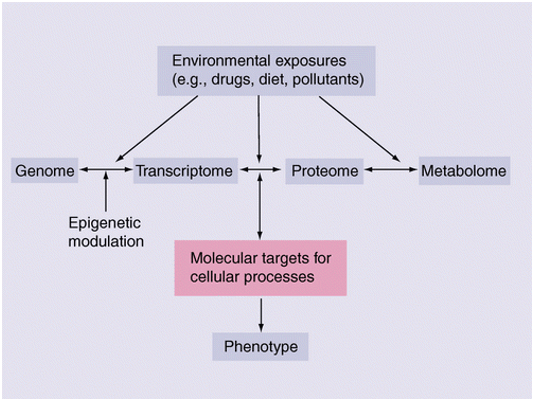Metabolic Flux Analysis (MFA) uses stable isotopes to label specific compounds. By analyzing the stable isotope labeling pattern of downstream metabolites, the turnover rate, direction and distribution pattern of the compound in the intracellular metabolic pathway can be deduced. Metabolic flow analysis of organisms in different states gives the level of activity of specific metabolic pathways of the organism, thus describing the metabolic activity of the cell at a dynamic level.
By combining metabolomics and metabolic flow analysis, we can better understand the metabolite level changes, flow distribution and turnover rate of intracellular metabolic network, uncover the main metabolic abnormal pathways and their biological functions, and reveal their upstream and downstream inter-regulatory mechanisms, which can provide a strong scientific basis for understanding the mechanism of disease occurrence and drug target discovery and confirmation.
Creative Proteomics offers metabolic flux analysis services that enable
- Quantitative characterization of the complete metabolic process and its precise flow distribution
- Identify rigid nodes of metabolic pathways
- Discover new metabolic pathways
- Predict biological phenotypes
 Metabolic Flux Analysis (Antoniewicz et al., 2021)
Metabolic Flux Analysis (Antoniewicz et al., 2021)
Metabolic Flow Analysis in Creative Proteomics
Isotope Types
Metabolic precursors based on stable isotope labels such as 13C, 15N and 2H.
[1,2-13C2]-glucose
[U-13C6]-glucose
[U-13C5]-glutamine
[13C5,15N2]-glutamine
[13C4]-aspartic acid
[2,3,3-D3]-serine
[13C3,15N]-serine
[13C2,15N]-glycine
[U-13C6]-fructose
D2O
Covering Metabolic Pathways
Glycolytic pathway
Tricarboxylic acid cycle pathway
Pentose phosphate pathway
Amino acid metabolism (Glutamine, Serine, Tryptophan, Leucine, lsoleucine and Valine etc.)
Fatty acid metabolism
One-carbon metabolism (folic acid metabolism, methionine cycle)
Nucleotide metabolism
Energy metabolic pathways such as NADPH
* For other metabolic pathways or metabolites of interest, please contact us
Sample Replication
Compared to other histologies, metabolomics is more sensitive and closer to the real situation. Therefore, more biological replicates of samples are required to ensure the reliability of experimental results. We have the following recommendations.
Animal samples: no less than 9 replicates in a single group
Cellular and microbial samples: no less than 5 replicates in a single group
Other samples such as plant samples: no less than 7 replicates in a single group
Advantages of metabolic flux analysis
- Quantitatively characterize the dynamic changes of cellular metabolism and the fine distribution of fluxes in metabolic pathways
- Accurately define the rigid and flexible properties of nodes in the metabolic network, and thus regulate the flow distribution
- Ensure the accuracy and validity of target pathway identification, reveal the major metabolic pathway changes during disease development, and promote the understanding of physiological or pathological mechanisms
- Reflect changes in metabolic system responses of cells or tissues to external stimuli or genetic modifications
- Search for key genes in the signaling pathways of cell growth and value-added processes, and characterize metabolic networks in combination with the kinetic properties of enzyme responses
- Targeted measurement of dynamic metabolic processes in metabolic pathways in animals or humans
Applications of metabolic flux analysis
- Dynamic tracking of the activity of metabolic pathways for the study of physiopathological mechanisms.
- Tracing the transformation and distribution of specific metabolites at multi-organ level in vivo.
- By tracing changes in intra- and extracellular intermediate metabolites through 13C metabolic flow technology, the key metabolic pathways and activities of genetically engineered bacteria can be identified, providing a direct basis for maximizing the synthesis of target metabolites.
Reference
- Antoniewicz, M. R. (2021). A guide to metabolic flux analysis in metabolic engineering: Methods, tools and applications. Metabolic engineering, 63, 2-12.
For Research Use Only. Not for use in diagnostic procedures.


 Metabolic Flux Analysis (Antoniewicz et al., 2021)
Metabolic Flux Analysis (Antoniewicz et al., 2021)




